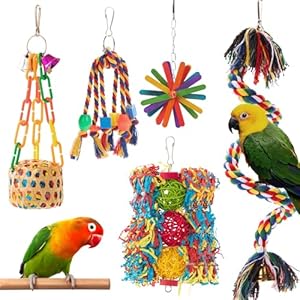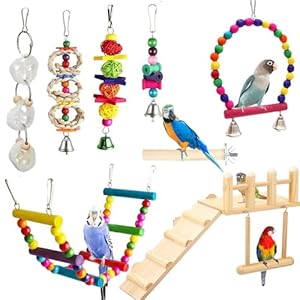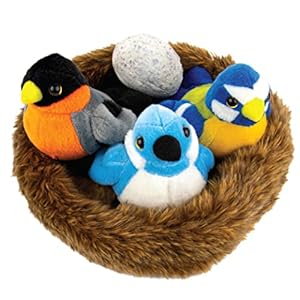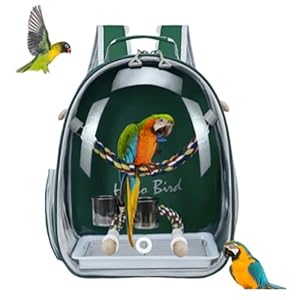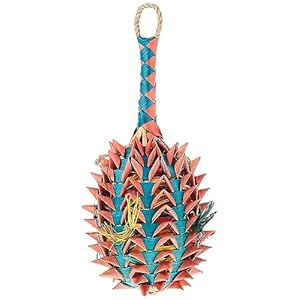
Ensuring your pet maintains a healthy weight is key to their well-being. It’s not just about the numbers on the scale; it’s about their quality of life. With the right diet, exercise, and monitoring, you can help your furry friend live a happier and healthier life. But there’s more to it than meets the eye. Let’s explore some practical tips that can make a real difference in your pet’s weight management journey.
Balanced Diet for Pet Health
When feeding your pet, ensure you provide a balanced diet that meets their nutritional needs. This means offering a mix of high-quality proteins, healthy fats, carbohydrates, vitamins, and minerals. Make sure the food you choose is appropriate for your pet’s age, size, and activity level. Consult your veterinarian to determine the best diet for your furry friend.
Proteins are crucial for muscle development and overall health. Look for sources like chicken, turkey, fish, or beef. Healthy fats, such as omega-3 and omega-6 fatty acids, support your pet’s skin, coat, and immune system. Incorporate these through ingredients like fish oil or flaxseed.
Carbohydrates provide energy for your pet’s daily activities. Opt for whole grains like brown rice or oatmeal. Vitamins and minerals play a vital role in maintaining various bodily functions. Vegetables and fruits are excellent sources of these essential nutrients.
Regular Exercise and Playtime
To maintain your pet’s health, ensuring regular exercise and playtime is essential. Just like humans, pets need physical activity to stay fit and healthy. Daily exercise helps prevent obesity, improves muscle tone, and enhances overall well-being. Depending on your pet’s breed, age, and size, the amount of exercise required may vary. For example, high-energy breeds like Border Collies or Dalmatians may need more vigorous activities compared to smaller or senior pets.
Engaging in playtime with your pet isn’t only beneficial for their physical health but also strengthens the bond between you and your furry friend. Activities like fetch, tug-of-war, or interactive toys can keep your pet mentally stimulated and physically active. Consider taking your dog for a brisk walk, playing with a laser pointer for your cat, or setting up a small obstacle course for them to navigate.
Making time for regular exercise and play sessions can significantly contribute to your pet’s weight management and overall happiness. So, grab a toy, head outside, and enjoy some quality time with your beloved companion.
Portion Control and Feeding Schedule
Maintaining a proper feeding schedule and implementing portion control are key factors in managing your pet’s weight effectively. By establishing a consistent feeding routine, you can help regulate your pet’s metabolism and prevent overeating. It’s essential to follow the recommended serving sizes based on your pet’s size, age, and activity level. Avoid the temptation to overfeed or free-feed, as this can lead to excessive calorie intake and weight gain.
Dividing your pet’s daily food portion into several smaller meals throughout the day can also help prevent hunger-related behavior and promote better digestion. Additionally, using measuring cups or scales to portion out your pet’s food ensures accuracy and prevents unintentional overfeeding. Be mindful of treats and table scraps, as these can quickly add extra calories to your pet’s diet.
Creating a feeding schedule and sticking to it can contribute significantly to your pet’s overall health and weight management. Remember, a well-regulated diet is a vital component of keeping your furry friend at a healthy weight.
Monitoring Body Condition and Weight
Regularly assess your pet’s body condition and weight to ensure they’re at a healthy level. To monitor your pet’s weight, use a scale designed for their size and weigh them at consistent intervals. Additionally, you can assess their body condition by feeling for their ribs and observing their overall shape. A healthy weight varies by breed and size, so consult with your veterinarian to determine the ideal range for your pet.
Keep an eye out for signs of weight gain, such as a lack of a defined waist or an inability to feel their ribs easily. Conversely, if your pet’s ribs are highly prominent or their spine and hip bones are easily visible, they may be underweight. Regular monitoring allows you to make adjustments to their diet and exercise routine promptly.
Remember that prevention is key; maintaining a healthy weight reduces the risk of various health problems. By staying proactive and attentive to your pet’s body condition and weight, you can help them lead a long and happy life.
Healthy Treat Alternatives
Consider incorporating healthier snack options into your pet’s diet to provide them with nutritious treats that support their well-being.
Instead of traditional high-calorie treats, opt for fresh fruits and vegetables like carrots, green beans, or slices of apple. These alternatives are low in calories but still tasty and satisfying for your pet.
Another great option is using small pieces of cooked lean meats such as chicken or turkey as a protein-packed snack. These treats can be a healthier alternative to processed treats that are high in additives and preservatives.
Additionally, you can try frozen peas or blueberries as a refreshing snack during hot days. Remember to always introduce new treats in moderation to prevent any digestive issues.
Trending Products

